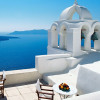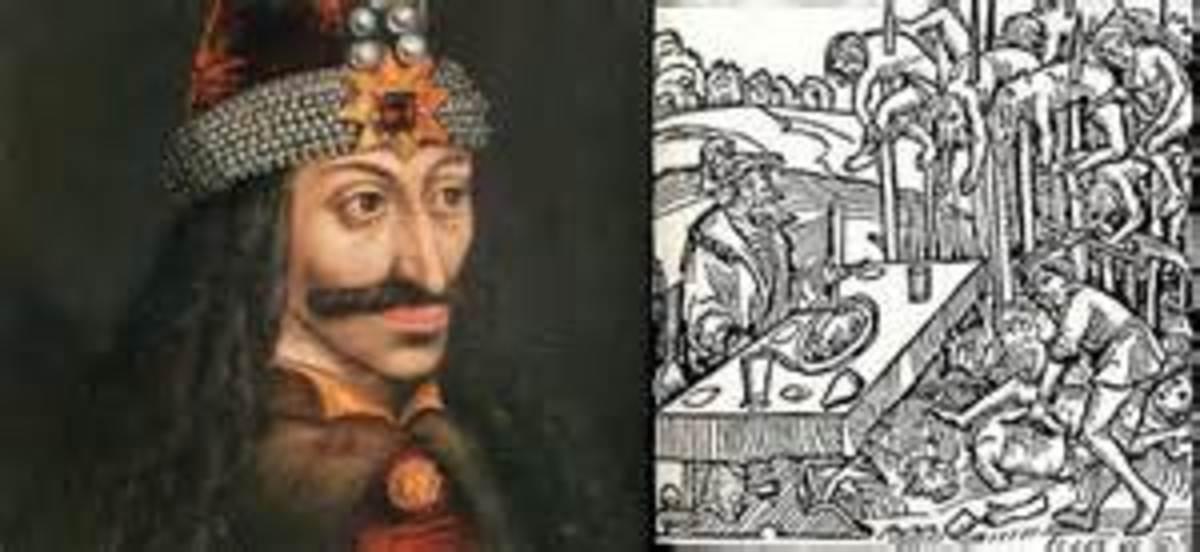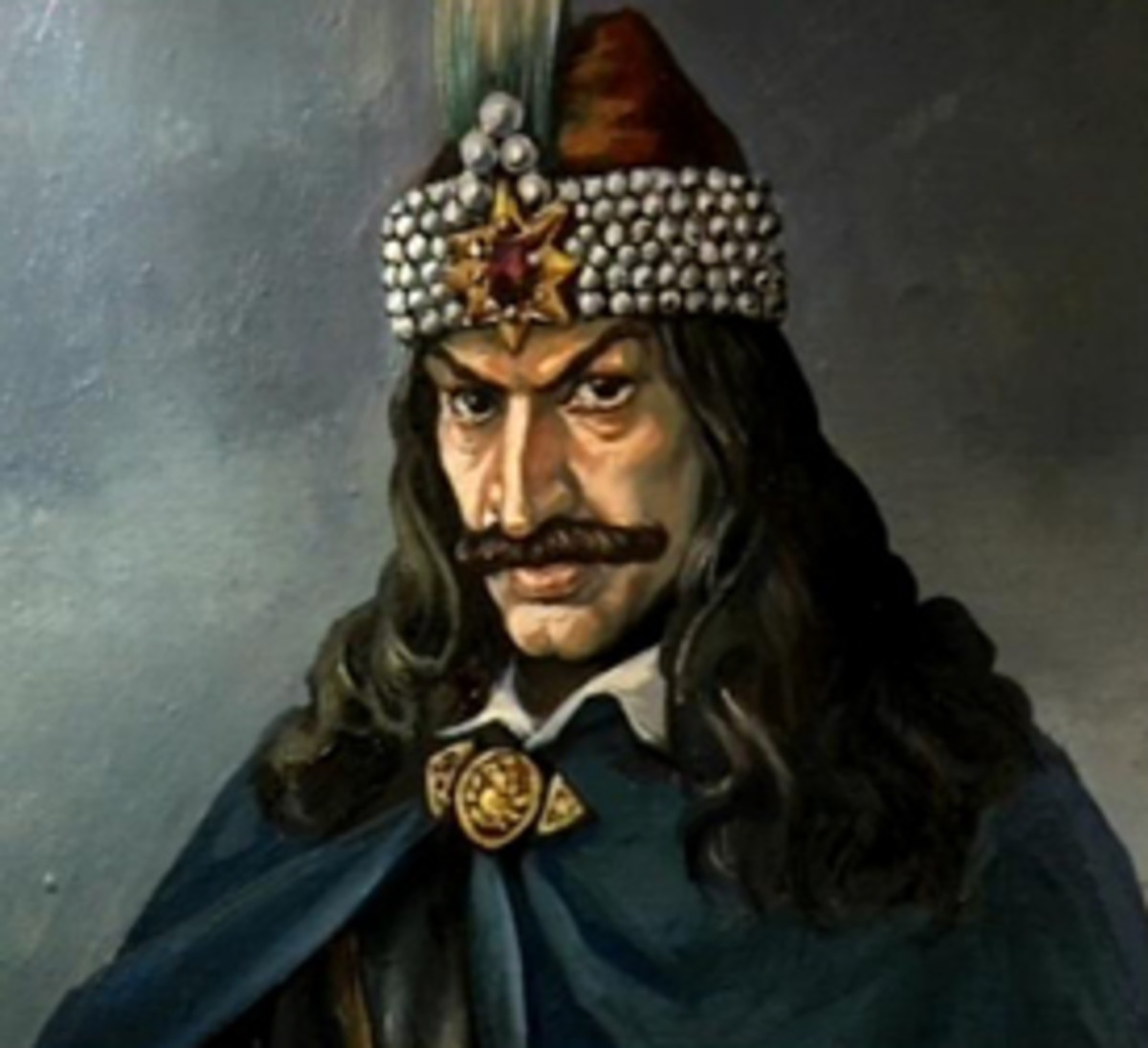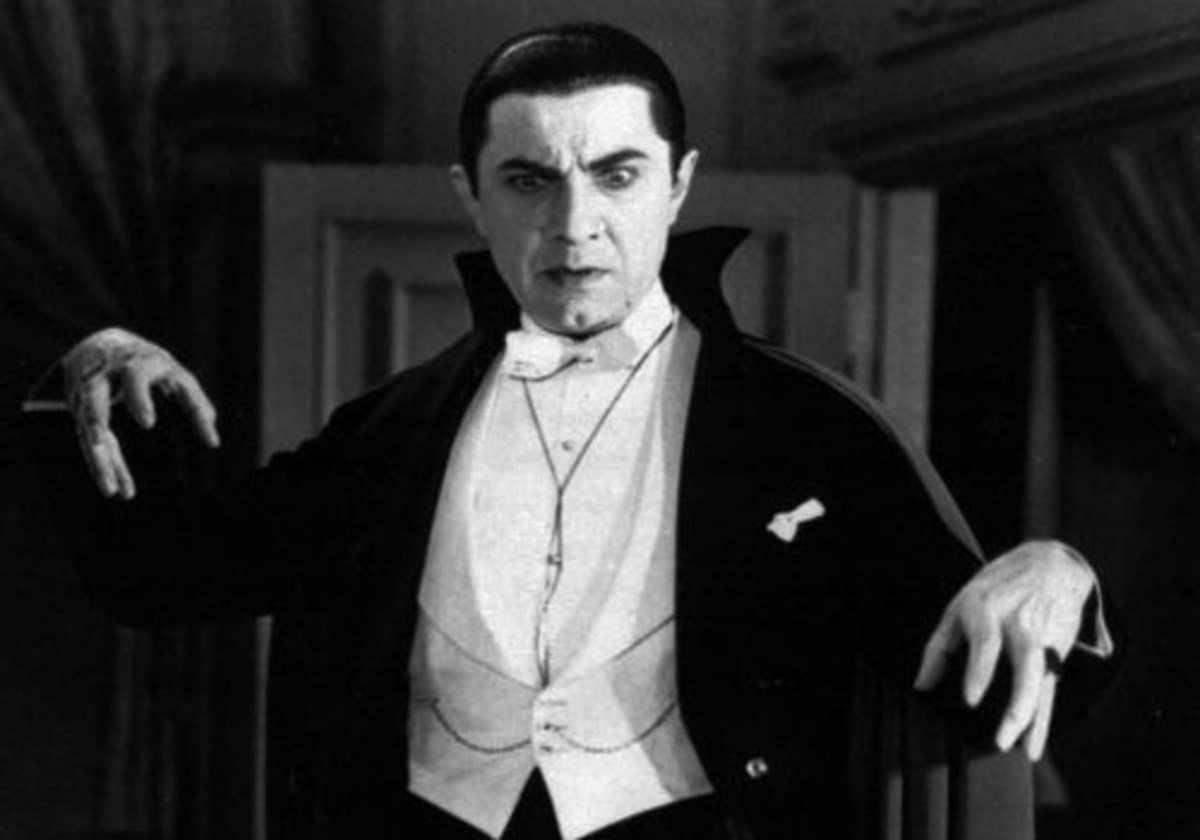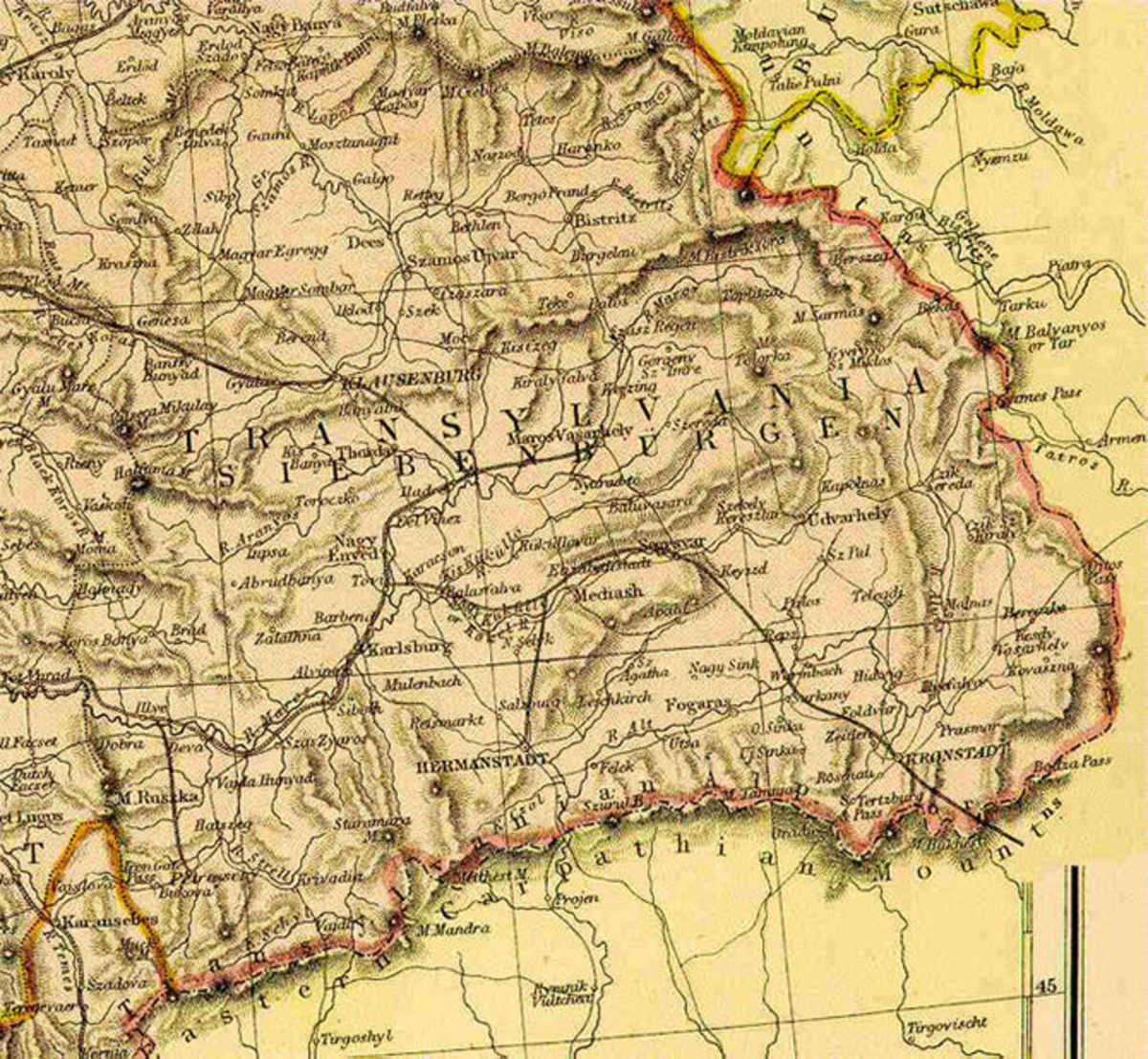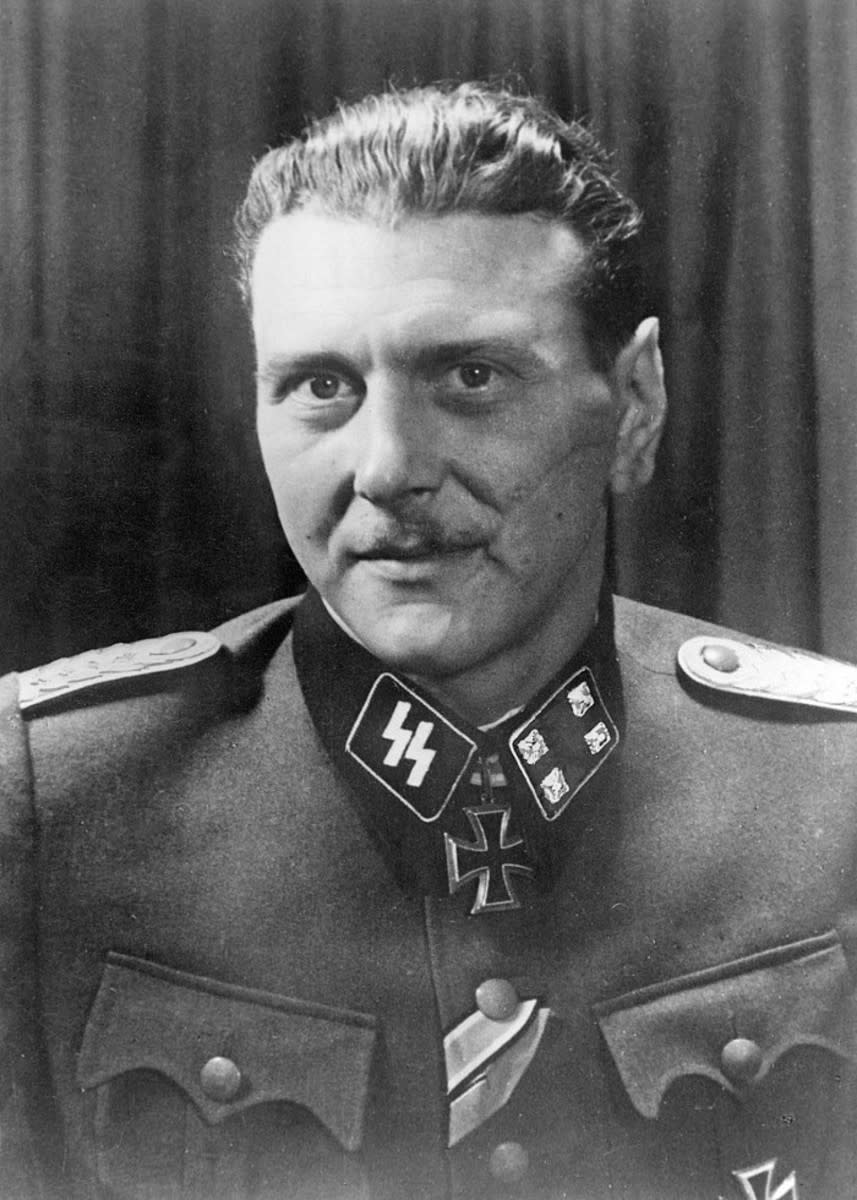Who was Dracula? The true story of prince Vlad the Impaler
Dracula: a myth or a piece of history?
The history of Vlad the Impaler is shrouded in mystery, and the truth is nobody knows for sure where the myth ends and makes room for the real facts of the past.
Vlad is not only an important figure in the history of Romania, but also a character of literature and folklore. He was chosen by famous writer Bram Stoker, to play the central role of his most accomplished novel. Since then, Dracula and Transilvania- the mysterious land where the castel of Dracula is, have become the theme of more than 750 movies, documentaries or novels.
The transformation of a prince into a vampire has the seeds in an old Romanian custom, according to which, the winner of a battle during those times was to satisfy his thirst by drinking the blood of the defeated.
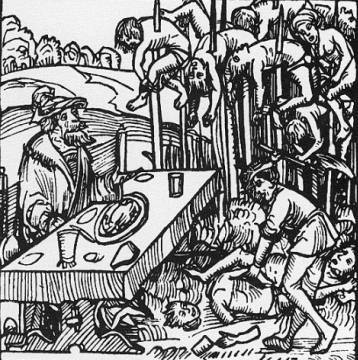
A little history about Vlad Tepes
Vlad the Impaler, or Vlad Tepes (in romanian) was born in the town of Sighisoara, in the heart of Transilvania: a self-governing region of Romania ( Romania, as a country didn’t exist at that time), in the year of 1431.
He became the prince of Valahia, later in his life. Valahia was another independent region on the territory of Romania.
His father, Vlad Dracul, was a knight of The Order of the Dragon, a chivalrous order of the eastern Europe, that had the mission to stop the Ottoman Empire from expansion.
Vlad was named the Impaler only after his death in 1476, and it has its origin in the way he liked to punish enemies, especially Ottoman soldiers that were defeated in battle, thieves and people that had no honor or word.
The victims of his cruel punishment were impaled, by being poked with long, wooden spears from the bottom through the heads.
It is said he loved to watch these executions , and enjoyed it even more if the number of victims was higher. He also liked to arrange the agonizing, impaled victims in different patterns and organize feasts around the dying people.
It is believed the thing that poisoned his soul and made him so sadistic and cruel, was the time he spent as a prisoner of the Turks, being only a child. His family was tortured and killed and he was forced the watch the pain of the loved ones.
Although he was renowned for his blood thirst and savageness, Vlad was respected by his people for his campaigns against the Ottomans. He was respected as a warrior and as a voivode, as he only wanted justice and honor around. He was loved and feared.
A grotesque picture that Victor Hugo has drawn by words in his “ Legends of Siecles”, described the horror the Ottoman Army has encountered when they arrived on the lands of Vlad: a huge forest of dead bodies, 20,000 to be more specific, of their fellow soldiers that became Vlad’s prisoners, impaled and half rotten. The horrific image and the unbearable smell made them retreat immediately.
It is said that during his reign, in the main yard of Targoviste citadel, stood a golden goblet on the margin of the well, and anyone could use it to drink water, but no one had the guts to steal it.
Dracula's castle
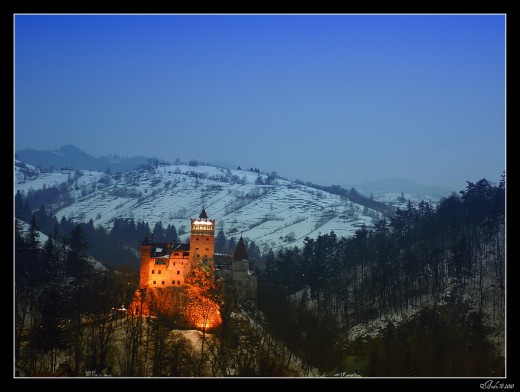
How Dracula was born in fiction
In 1897, the Irish writer Bram Stoker published the novel "Dracula", which made Vlad the Impaler famous world-wide. Stoker read the stories about Dracula, published in the XV – XVI, and he was shocked by the cruelty of his acts. This is one of the reasons which made him choose Vlad the Impaler to be the main character of his novel.
He read several books about Transylvania (this name is Latin and means "land beyond the forest") and thought that this “exotic” country would be a proper setting for Dracula's deeds.
In fact, Stoker used Vlad only as a source of inspiration, as in his novel, Dracula is not prince Vlad the Impaler, but aTransylvanian count living in a mysterious castle where he lured victims.
The story takes place in the outskirts of a small town called Bistrita, and in the castle near Bârgău (in Carpathian Mountains).
Since Stoker never visited Transylvania, most places and events are pure fiction. Dracula legend and historical truth are intertwined today and kept alive by the fact that his name is now linked to several tourist attractions such as the monastery of Snagov, or Bran Castle near Brasov.
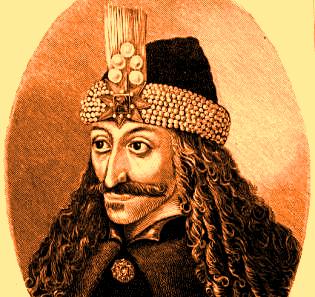
Local legends about Vlad the Impaler
There are many stories and anecdotes that encapsulate the philosophy of Vlad Dracula. He was known for his fierce call to honesty and order. Almost any crime, from lying and stealing to killing, was punished by impalement.
Vlad the Impaler was also concerned that all inhabitants of the land would work and be productive for the community.He watched the sick, homeless and beggars as thieves.As a result, one day all the bums and the sick in the country were invited to feast at his Court in Targoviste.After the guests ate and drank, he asked if they would want to never be poor again.After receiving a positive response, he ordered his soldiers to close the gates and set the hall where his guests were on fire.No one survived.
Another story tells that two monks who entered the Romanian country, came to visit Vlad at his castle.The monks knew the reputation of Vlad and when he asked them the opinion about his reign, they responded differently.One lied, saying that Vlad was a tough ruler, but still only a prince, and the other openly condemned his methods as torture.One of the two monks were impaled, but it is not surely known which.
There is a legend that tells how Vlad the Impaler impaled an alleged noble, who said that he was shamelessly stolen a bag of one hundred ducats and askedthe prince to make him justice.
The mystery of Vlad's death
Reports about the death of Vlad the Impaler, differ in the details. Thus, according to some sources, it is assumed that the Impaler was betrayed and killed by the boyars in a cold day of winter of the year 1476 (or 1477), by being stabbed in the back with spears.
Stefan cel Mare, the prince of Moldavia, was saying that "once that faithful Basarab returned and found him alone, and ordered to be killed . And with him all my men killed, besides 10 ".
Since the events have been reported by Stefan cel Mare’s ten courtiers, after they tried to defend Vlad Tepes, and have saved their lives, most likely that this statement seems to be the real one.
Michael Bacignoli recorded data provided by oral tradition, about the death of Vlad the Impaler. Collective memory remembers that between Vlad Tepes and some landowners and advisers, was held at a time, a debate. They aimed the relations between Romanian Country and Ottoman Empire. The boyars were hostile to prince Vlad, and asked him to immediately pay tribute to the Sultan and the Turks, but Vlad Tepes said that as long as he shall live, such a thing will not happen. Then the boyars staged murder by guile.
Another version, quite similar to the above, says that the Lord was confronted with a group of landowners and other personal enemies and, despite endeavors of Moldovan soldiers, they succeeded to assassinate him.
The Austrian chronicler Jacob wrote that Vlad the Impaler was killed by a servant paid by the turks to kill him. The servant waited and when he caught Vlad riding alone, struck the spear in his back.
